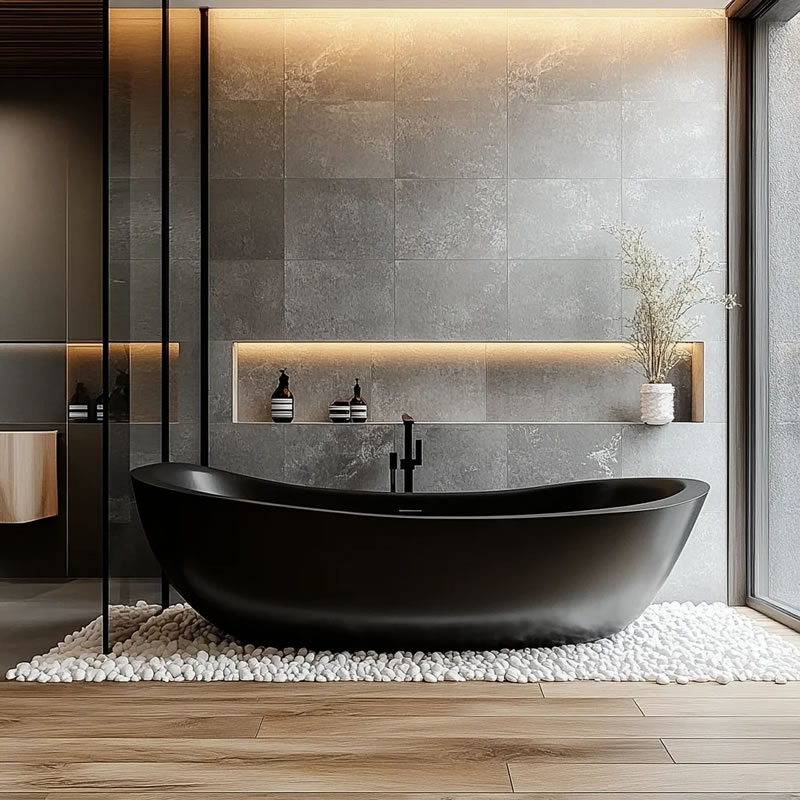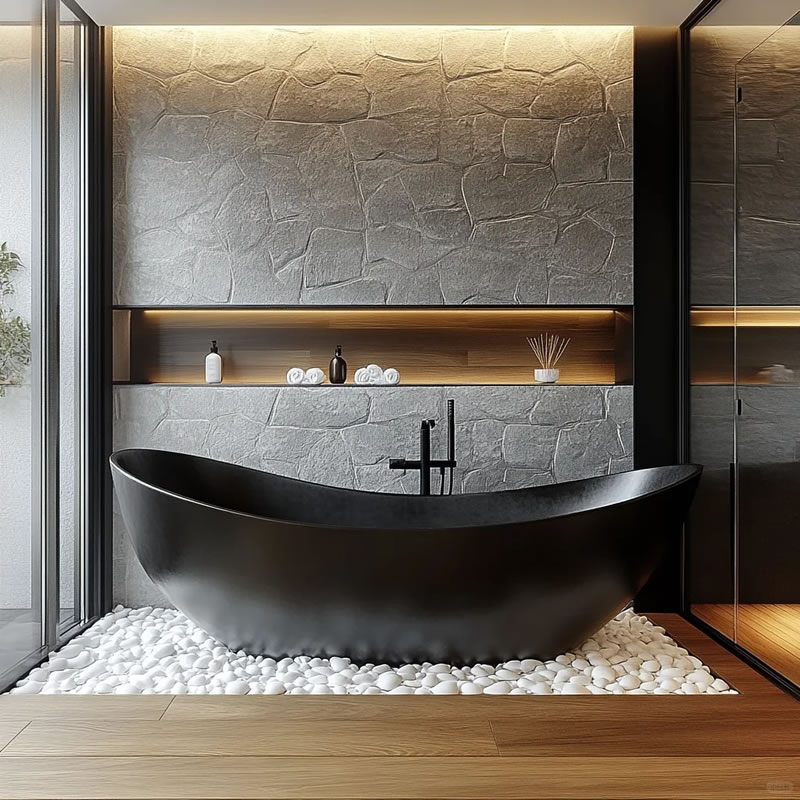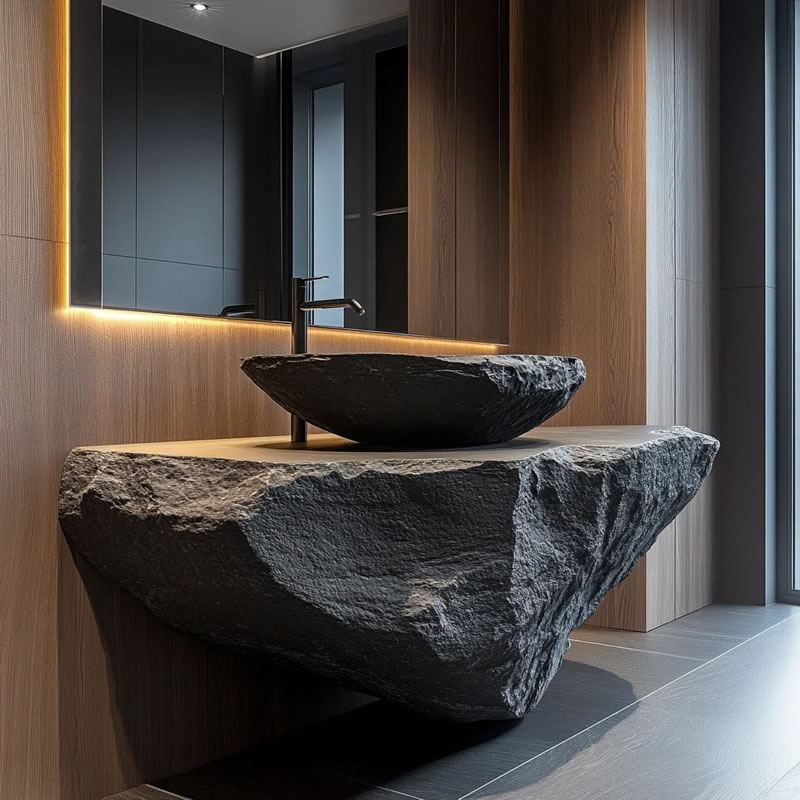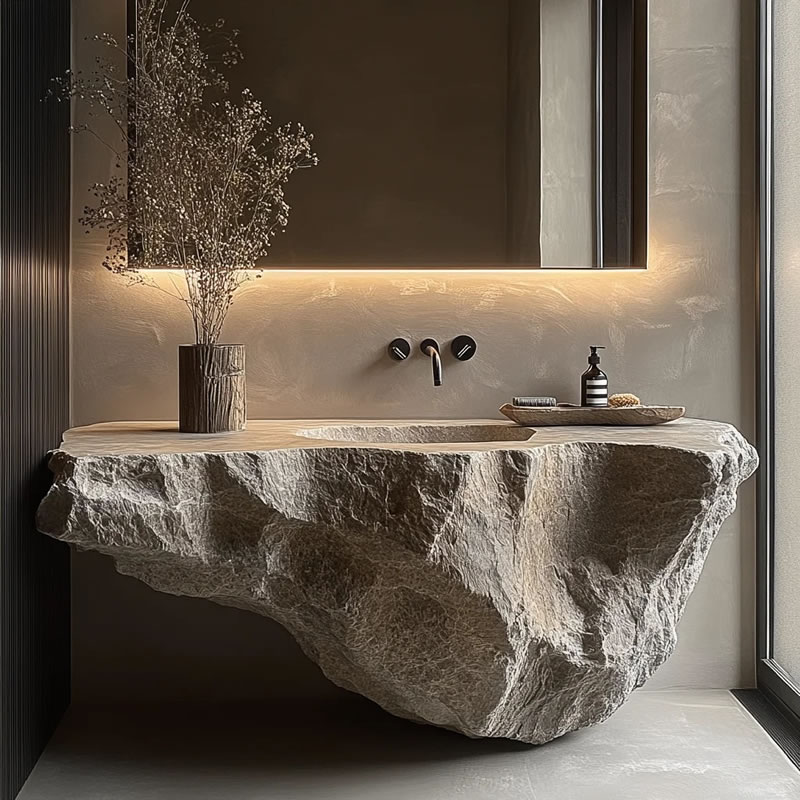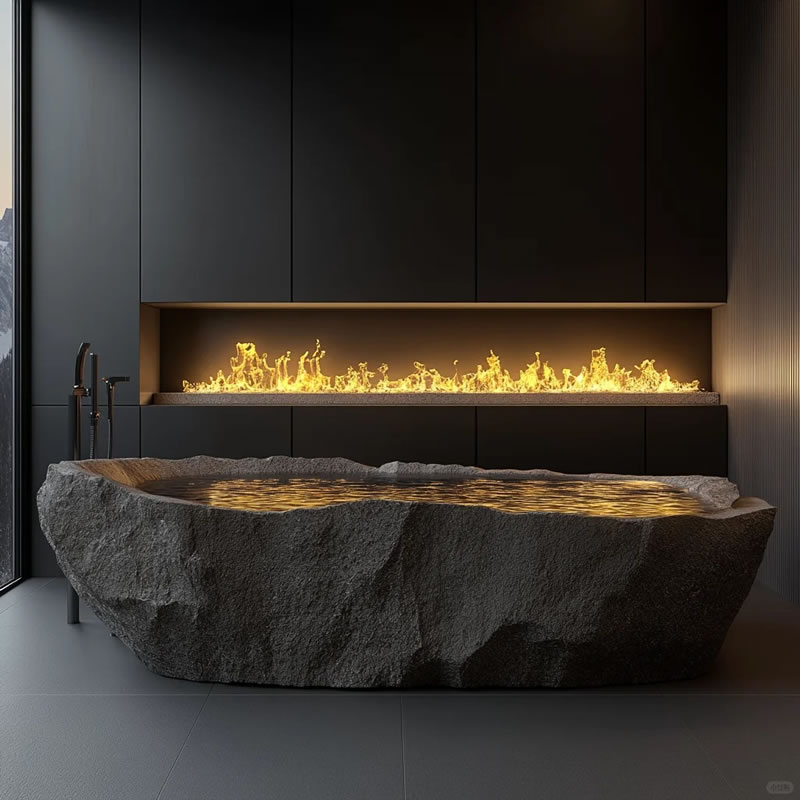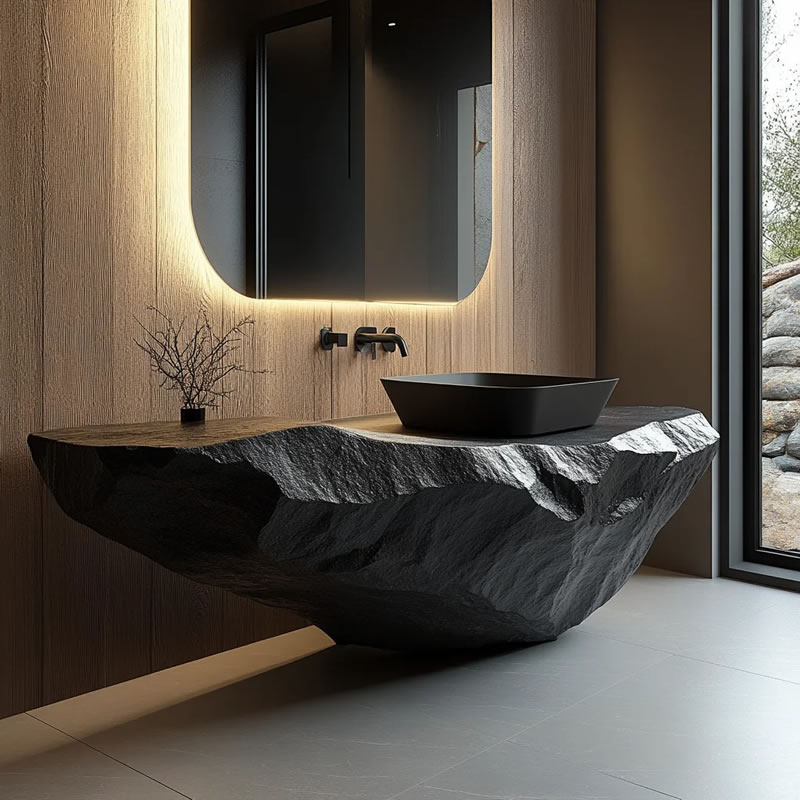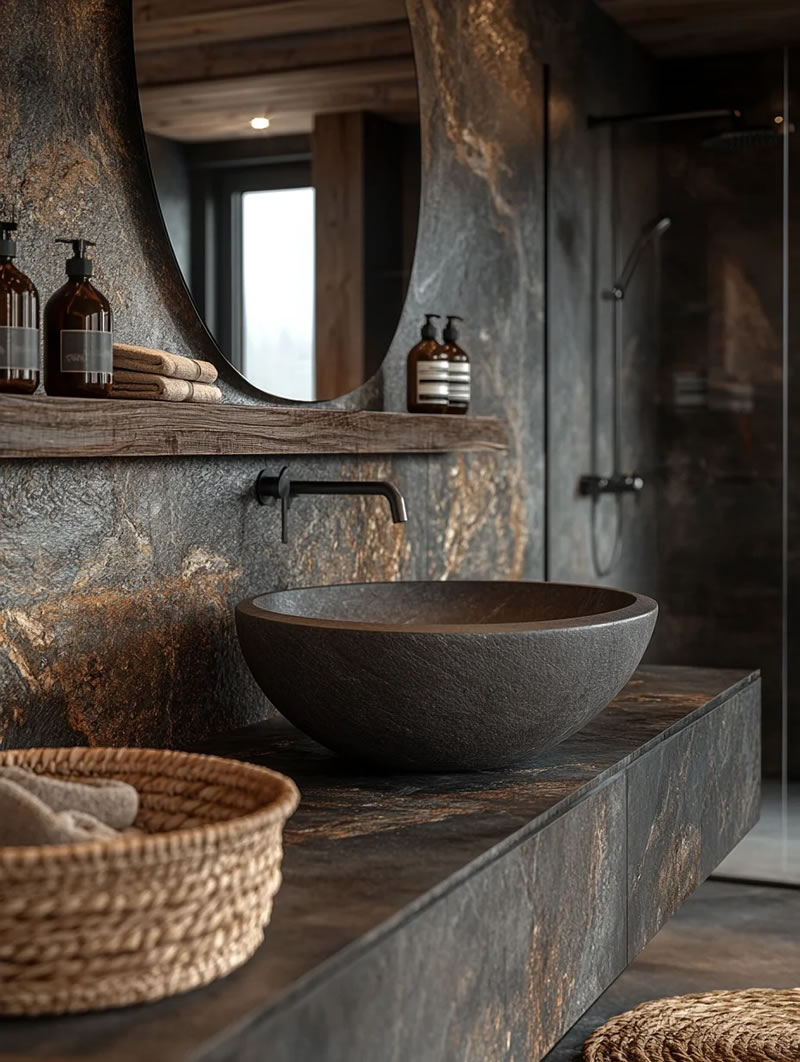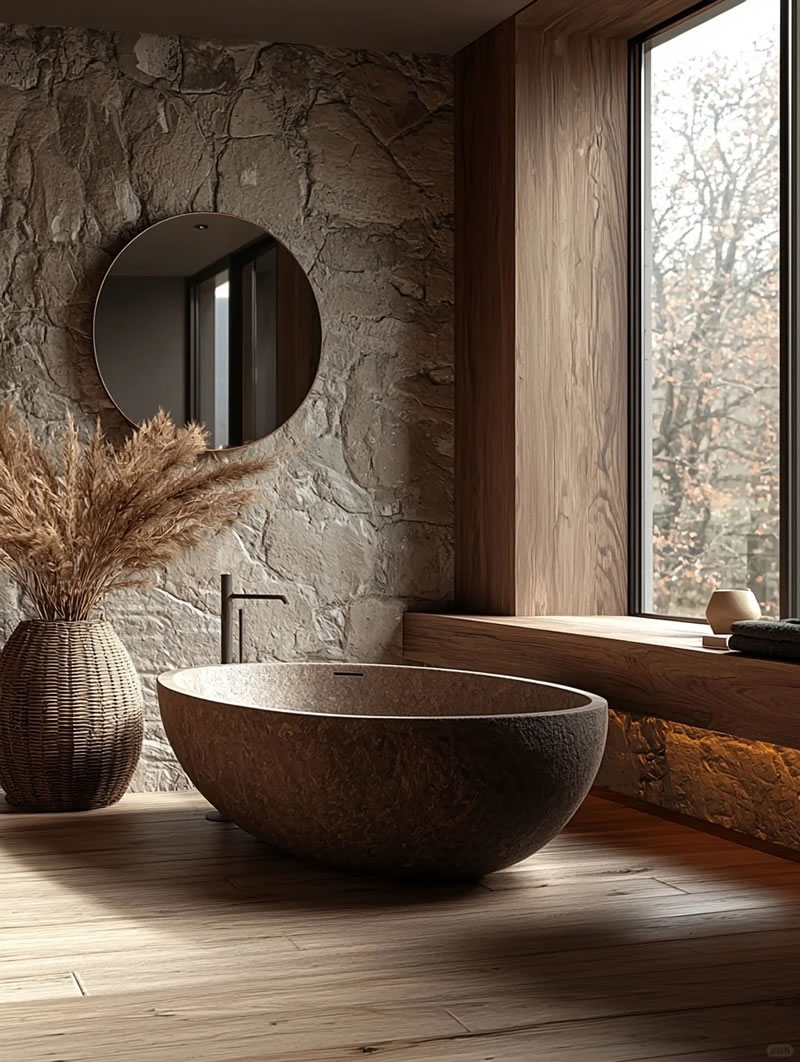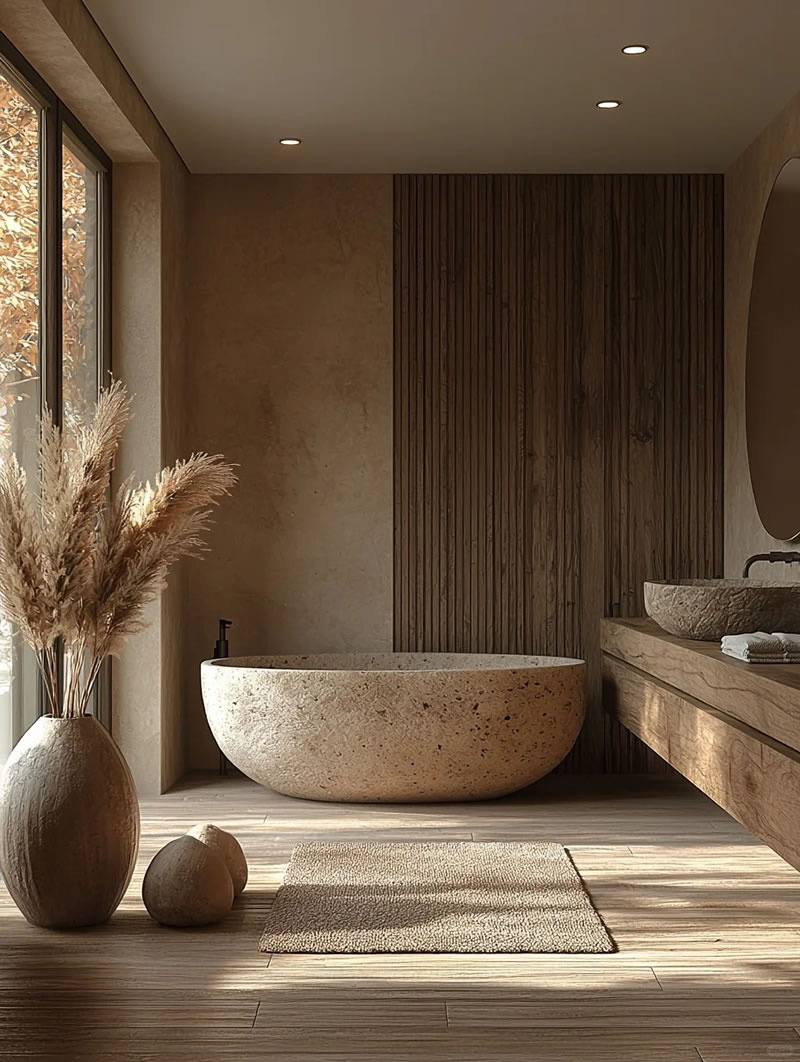Introduction to Natural Stone Sinks
Natural stone sinks are crafted from various types of natural rock, prized for their durability, unique aesthetics, and ability to add a touch of elegance to both modern and traditional spaces. Below is a detailed introduction to their key features and common types, presented in English.
Key Features of Natural Stone Sinks
-
Durability
- Resistant to scratches, heat, and stains, making them suitable for high-use areas like kitchens and bathrooms.
- Many stone types (e.g., granite, marble) have a long lifespan when properly sealed and maintained.
-
Unique Aesthetics
- Each sink boasts natural variations in color, veining, and texture, ensuring no two are identical.
- Offers a timeless, organic look that complements various design styles, from rustic to contemporary.
- Available in multiple installation styles: undermount, drop-in, vessel, and apron-front (farmhouse).
- Suitable for both residential and commercial settings.
- Most natural stones can withstand high temperatures, making kitchen sinks safe for placing hot cookware directly in them.
- Regular sealing (every 1–3 years, depending on the stone) protects against water absorption and staining.
-
Versatility
-
Heat Resistance
-
Low Maintenance (with Proper Sealing)
Common Types of Natural Stone Sinks
Here are the most popular natural stone materials used for sinks, along with their characteristics:
| Stone Type | Key Characteristics | Best For |
|---|---|---|
| Granite |
- Hardest natural stone. - Dense texture with minimal porosity. - Available in rich, earthy tones (e.g., blacks, grays, browns). |
Kitchen sinks (high durability for heavy use). |
| Marble |
- Soft, elegant veining and light colors (e.g., white, beige). - More porous than granite; requires frequent sealing. - Susceptible to etching from acidic substances. |
Bathroom vanities or low-traffic kitchen sinks (due to its luxurious appearance). |
| Limestone |
- Soft, porous texture with a rustic, aged look. - Neutral tones (e.g., creams, tans). - Requires strict maintenance to prevent staining. |
Farmhouse or vintage-style bathrooms/kitchens. |
| Slate |
- Dark, matte finish (blues, grays, blacks). - Extremely dense and resistant to heat and scratches. - Non-porous when properly sealed. |
Modern kitchens or outdoor sinks (due to weather resistance). |
| Travertine |
- Light-colored with natural pitting and texture. - Porous; needs regular sealing. - Offers a warm, Mediterranean aesthetic. |
Bathroom vessel sinks or decorative accents. |
| Soapstone |
- Soft, smooth texture (gray to greenish hues). - Naturally non-porous; resistant to stains and acids. - Develops a patina over time for a unique look. |
Kitchens (ideal for those who prefer low-maintenance elegance). |
Tips for Choosing and Maintaining Natural Stone Sinks
- Consider Usage: For kitchens, prioritize dense stones like granite or slate. For bathrooms, marble or travertine can enhance aesthetics.
- Sealing: Always seal the stone upon installation and reapply as recommended to prevent damage.
- Cleaning: Use mild, non-abrasive cleaners and avoid acidic substances (e.g., vinegar, citrus) on porous stones like marble.
Natural stone sinks blend functionality with natural beauty, making them a popular choice for those seeking a durable and visually striking fixture.
